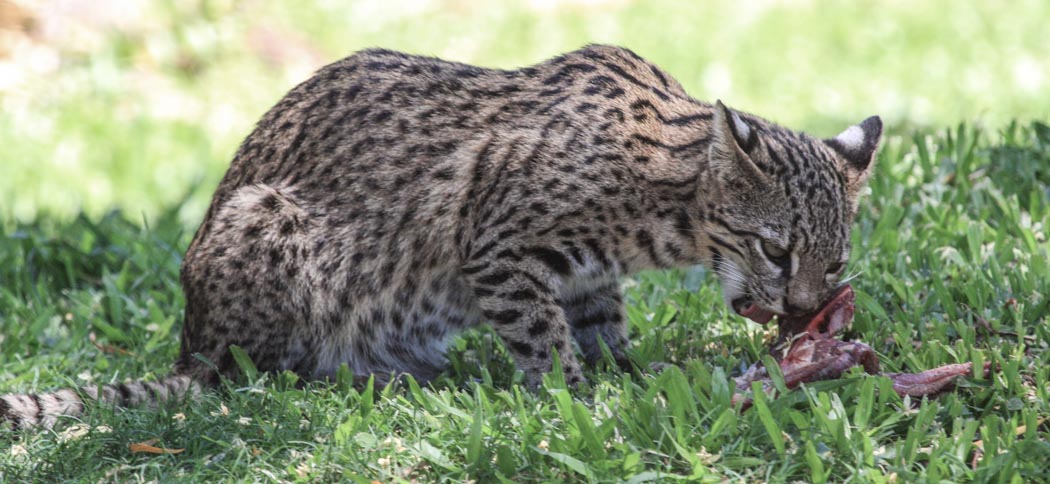
Strange Tails
We're delighted to have a strong population of strange-tailed tyrants at the reserve. So much so that we've adopted these beautiful and endangered birds as the symbol of the Trust
The growing diversity of the animals of Reserva Don Luis is a fresh source of delight every time we return. We don't play favourites, but it's impossible not to engage more with some of our more conspicuous guests. One of these is the strange-tailed tyrant. The male is stoic in his tolerance of one of nature's strangest - and it would seem least practical - adaptations. He's willing to suffer to be beautiful, and somehow manages to fly with tail feathers that were surely designed for a bird three times his size.
We love his perseverance; his resolution to succeed against challenge, and his ability to prove that anything is possible. He's appearing in growing numbers on the Reserva Do Luis, and his success has become an allegory for, and a symbol of, our own.
When we started the process of updating and redesigning our website, we wanted to adopt an image that symbolised our aims and our challenges. This brave little flycatcher, with his indomitable character, was the perfect choice.
The logo is a stylised profile of a male tyrant, silhouetted against the sunrise. We coloured the sun the blue of the Argentinian flag in honour of this country's beauty, its climate and the breathtaking span of magnificent animals that it nurtures.

Bat Research
Our bat team is conducting bat research both in the Ibera Marshes and in other provinces. We are especially concentrating on Misiones at the moment where we find the largest bat in Argentina, Chrotopterus auriitus and Myotis ruber, two species that we are researching.

Geoffroys Cat
Oncefelis geoffroyi
Geoffroy's Cat is a small cat of a similar size to the domestic cat but with a striped and spotted coat that looks more like an Ocelot. It weighs between 2-4kg and is the most common wild cat in South America.
It is a very shy species and tends to stay in the forested areas of Ibera rather than moving around the open spaces. It is also nocturnal and very difficult to view - we do see them on camera trap quite often so they are probably quite common at the reserve.
It feeds on small rodents, reptiles, amphibians, insects and can live in the wild up to 15 years. It usually has one llitter per year producing 2-3 kittens which are reared by the female only.
Threats to this species come from habitat loss and hunting although the latter is less common now that it has a protected status.
It is known as Gato Montés in Argentina.

